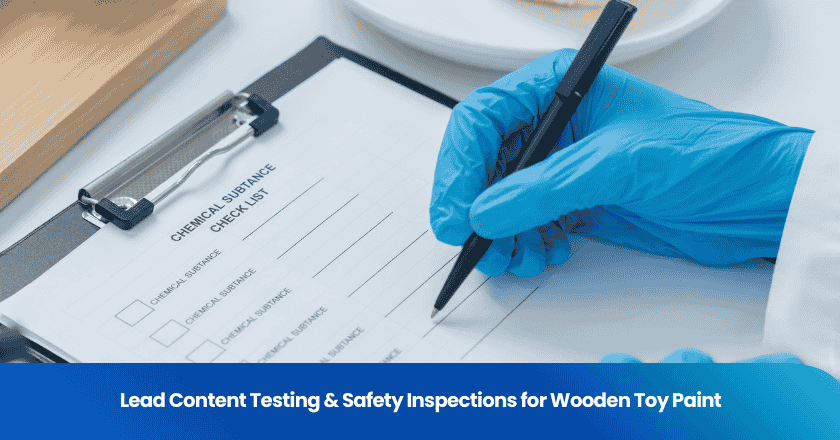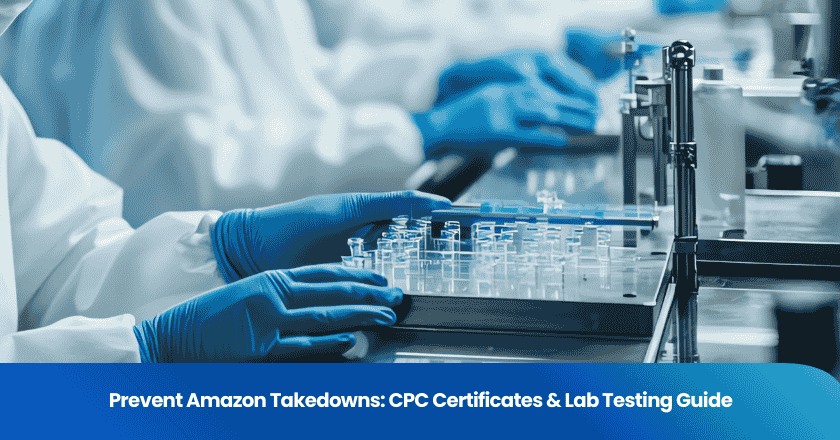
Garment quality control refers to the processes, systems, and measures aimed at ensuring that clothing and textile products meet established quality standards. It involves conducting multiple inspections, tests, and evaluations at different stages of production to ensure that the final product is defect-free and complies with safety regulations.
Quality control is crucial in garment manufacturing, as it ensures that products meet customer expectations and adhere to industry standards. This helps enhance customer satisfaction, improve brand reputation, and reduce returns and complaints.
1. Definition of clothing quality control
A key component of garment quality control
Clothing quality control encompasses every aspect from the warehousing of raw materials to the delivery of finished products, serving to ensure the quality, functionality, and aesthetic appeal of clothing.
Clothing quality control is crucial for the reputation and brand image of enterprises, and it is also the key to meeting consumer needs and enhancing market competitiveness.
Garment quality control encompasses multiple components, such as visual inspection, material inspection, dimensional measurement, color consistency, sewing, and durability testing. These components ensure that garments meet functional and aesthetic requirements.
The difference between quality control and quality assurance
In the field of garment quality management, quality control (QC) and quality assurance (QA) are two concepts that are interconnected yet have distinct focuses.
Quality control primarily focuses on the finished product stage, where a series of testing methods are employed to identify and rectify defects in the products, ensuring that the clothing delivered to consumers is of superior quality. The process emphasizes strict quality control and timely correction of finished products, serving as the final safeguard for product quality.
In contrast, quality assurance is a broader and more systematic concept. It permeates the entire production process, encompassing all aspects from raw material procurement, production and processing to finished product packaging. Quality assurance emphasizes reducing or eliminating defects through prevention and improvement measures, focusing on process control and optimization. By establishing a sound quality management system, formulating strict production standards and operating procedures, strengthening employee training and quality awareness education, among other means, quality assurance strives to fundamentally enhance product quality and production efficiency.
2. The importance of garment quality control
Ensure product consistency and compliance
Quality control serves as a crucial safeguard to ensure that every batch of clothing products adheres to the same high-standard quality guidelines. It rigorously checks the dimensions, colors, and overall appearance of the products, guaranteeing that every garment meets the consistency expected by consumers. Whether it's mass-produced clothing in large quantities or customized, personalized apparel, quality control ensures they adhere to the established design specifications and quality requirements. Furthermore, quality control ensures that the products comply with relevant regulatory requirements, such as safety standards for children's clothing. This not only protects the rights and interests of consumers but also avoids potential legal risks and reputation damage for the company.
Enhance brand reputation and customer satisfaction
In the fiercely competitive clothing market, brand reputation and customer satisfaction serve as the cornerstone for enterprises to survive and thrive. High-quality products are the key to winning consumers' trust and loyalty. Through rigorous quality control, enterprises can ensure that every piece of clothing meets or even exceeds consumers' expectations. The persistence and pursuit of quality not only make consumers feel satisfied and assured during the purchase process, but also stimulate their word-of-mouth dissemination and willingness to repurchase. Over time, the brand reputation of the enterprise will gradually accumulate and enhance, becoming a leader in the market.
Reduce waste and costs in the manufacturing process
Early intervention of quality control in the production process has a significant effect on reducing manufacturing waste and lowering costs. By setting up multiple quality control points on the production line, enterprises can promptly identify and rectify defects and issues during the production process. This not only prevents expensive rework or product recall costs caused by defective products entering the market, but also reduces additional costs incurred due to material waste. At the same time, quality control can also help enterprises optimize production processes, improve production efficiency, further reduce costs, and enhance competitiveness.
3. Best practices for garment quality control
In the garment manufacturing industry, quality control is a crucial aspect to ensure product quality, meet customer needs, and maintain brand reputation.
To achieve efficient quality control, manufacturers should follow the following best practices:
Establish clear standards and specifications
Manufacturers should establish clear, detailed, and measurable quality standards and specifications for each garment product. These standards should cover various aspects such as fabric type, sewing process, color fastness, dimensional tolerance, etc., ensuring that every detail of the product meets the established requirements.
By setting clear standards, manufacturers can ensure product consistency and ensure that all relevant parties, including production personnel, quality inspectors, and suppliers, clearly understand the expected quality level, working together to achieve high-quality products.
Conduct inspections at key production stages
Quality control should not be confined solely to the final inspection after production is completed. Instead, it should be implemented at various stages of production to ensure that product quality is effectively controlled at every step.
• Before production: Before the production process begins, raw materials and samples should be thoroughly inspected to confirm that they meet the specified standards. This includes testing the texture, thickness, elasticity, etc. of the fabric, as well as evaluating the sewing process, color accuracy, etc. of the samples.
• Online inspection: During the production process, multiple online inspection points should be set up to monitor products on the production line in real time. This helps to promptly detect deviations and issues in the production process and take immediate measures to correct them, ensuring that product quality remains within a controllable range throughout the production process.
• Final inspection: At the end of production, a comprehensive final inspection should be conducted to ensure that the finished products meet all quality standards. This includes meticulous inspections of the product's appearance, dimensions, sewing quality, color consistency, and other aspects, to ensure that every product meets the expectations and requirements of customers.
Utilize advanced testing methods
To ensure product quality and performance, manufacturers should adopt advanced testing methods and technologies. For instance, laboratory testing can be utilized to evaluate key indicators such as fabric durability, color consistency, shrinkage, and safety standards. Through scientific testing methods, manufacturers can gain a more accurate understanding of product performance and promptly identify potential quality issues, ensuring that products meet or exceed industry-specified quality standards.
Collaborate with third-party quality control service providers
Collaborating with professional third-party quality control service providers can offer manufacturers additional oversight and assurance. These service providers typically possess extensive industry experience and expertise, enabling them to deliver impartial and objective quality assessments and recommendations.
By collaborating with third parties, manufacturers can obtain expert advice, ensure effective implementation of quality control measures, and promptly identify and rectify potential quality issues.
Third-party quality control service providers can also offer regular quality audits and reports, assisting manufacturers in continuously improving their quality control processes, thereby enhancing product quality and customer satisfaction.
Grow your business with TradeAider Service
Click the button below to directly enter the TradeAider Service System. The simple steps from booking and payment to receiving reports are easy to operate.



